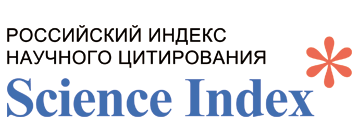STUDY OF THE POSSIBILITY OF THE FORMATION OF COLLOIDAL SELENIUM SOLUTION
DOI:
https://doi.org/10.51580/2025-1.2710-1185.12Keywords:
Colloidal selenium, Dispersed particles, Titanium (III) ions, Gelatin solution, Selenite ionsAbstract
Abstract. Introduction. The antioxidant properties of selenium were discovered in the 1960s,
leading to its recognition as an essential microelement for the human and animal body. Its primary
function is to protect the body from oxidative stress. Research has shown that selenium nanoparticles
possess high biological activity and low toxicity, making them suitable for applications in medicine and
other fields. Methods. To obtain colloidal selenium solutions, sodium selenite, trivalent titanium sulfate,
and gelatin were used. Bidistilled water served as the dispersion medium. Experiments were conducted at
room temperature. The particle size distribution of the obtained colloidal solution was determined using
the dynamic light scattering (DLS) method. Microphotographs were obtained using a scanning electron
microscope. Results and Discussion. The results demonstrated that the reaction between sodium selenite
and trivalent titanium sulfate led to the formation of amorphous selenium particles. It was found that
adding gelatin significantly enhanced the stability of the colloidal solution. The average size of the
particles ranged from 50 to 79 nm. The addition of gelatin increased the stability of the solution from 2
hours to over 240 hours. The findings revealed that the particles in the obtained colloidal solution were
uniformly distributed, and the solution exhibited high stability. The proposed method is environmentally
safe, simple, and does not require complex equipment. This method has significant potential for
developing medical preparations, treating wounds, and creating solutions with antibacterial properties.
Conclusion. The study confirmed the efficiency and prospects of the technology for producing colloidal
selenium solutions. The novelty of this research is protected by a patent of the Republic of Kazakhstan.

















